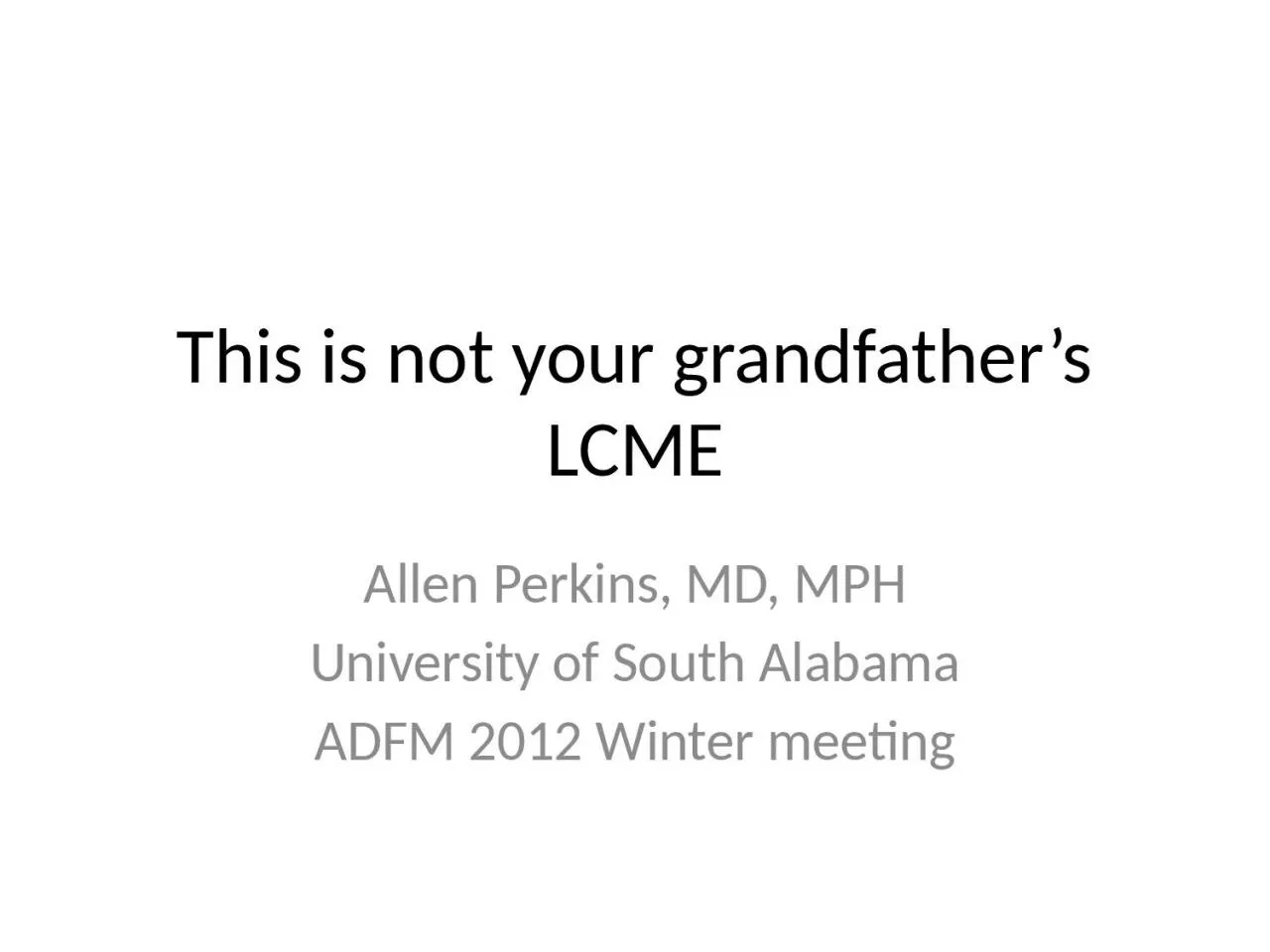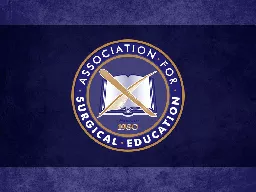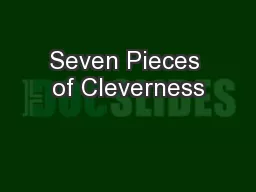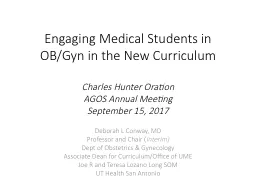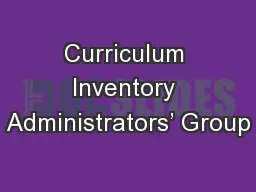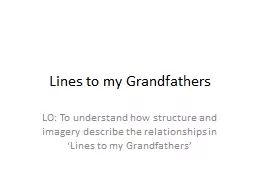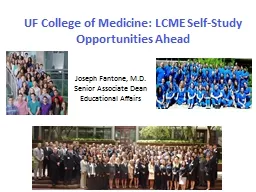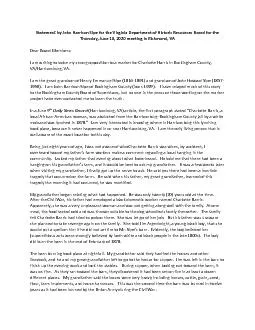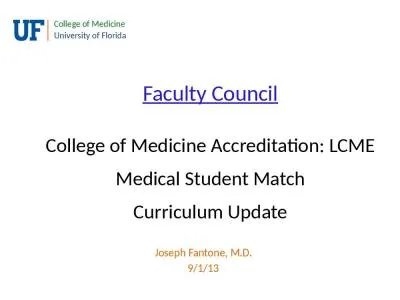PPT-This is not your grandfather’s LCME
Author : ani | Published Date : 2024-03-13
Allen Perkins MD MPH University of South Alabama ADFM 2012 Winter meeting This is not your fathers LCME In order to avoid embarrassing situations you cant wait
Presentation Embed Code
Download Presentation
Download Presentation The PPT/PDF document "This is not your grandfather’s LCME" is the property of its rightful owner. Permission is granted to download and print the materials on this website for personal, non-commercial use only, and to display it on your personal computer provided you do not modify the materials and that you retain all copyright notices contained in the materials. By downloading content from our website, you accept the terms of this agreement.
This is not your grandfather’s LCME: Transcript
Download Rules Of Document
"This is not your grandfather’s LCME"The content belongs to its owner. You may download and print it for personal use, without modification, and keep all copyright notices. By downloading, you agree to these terms.
Related Documents

